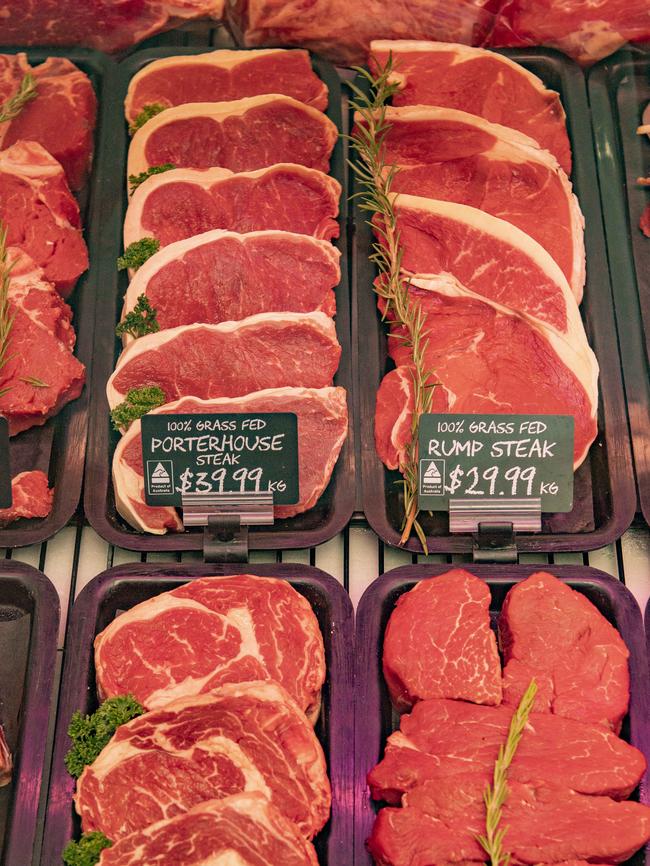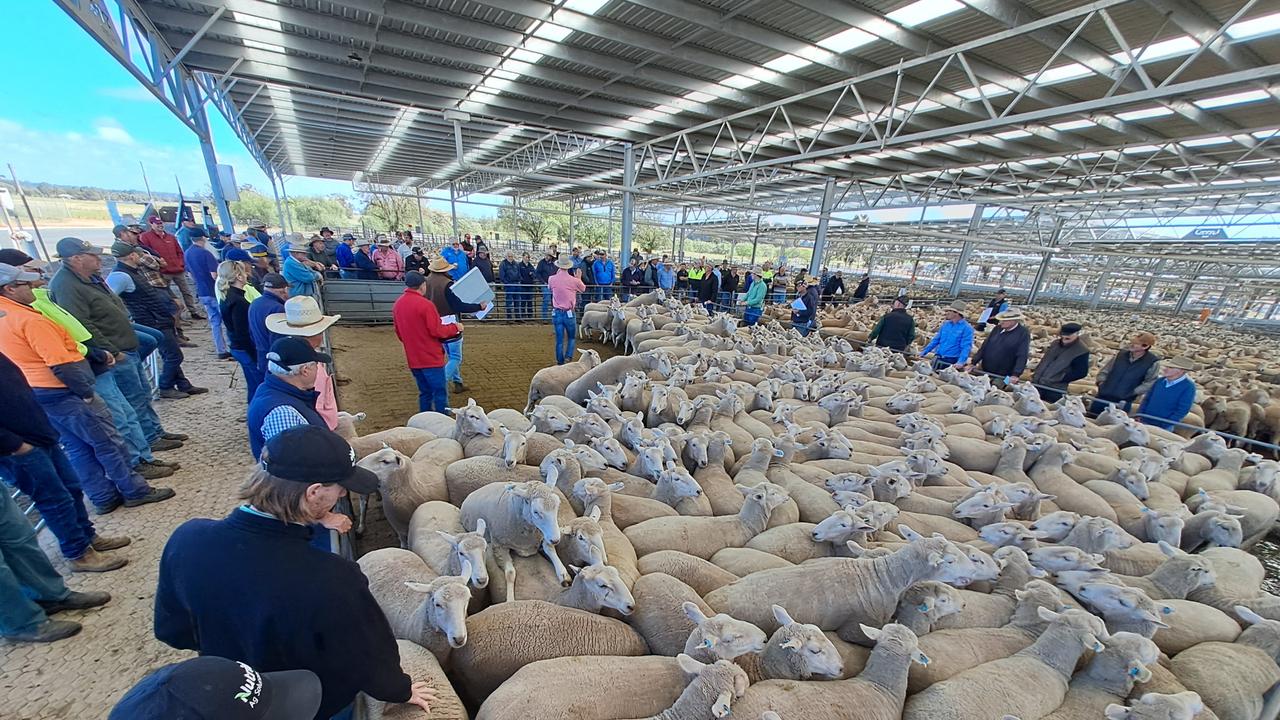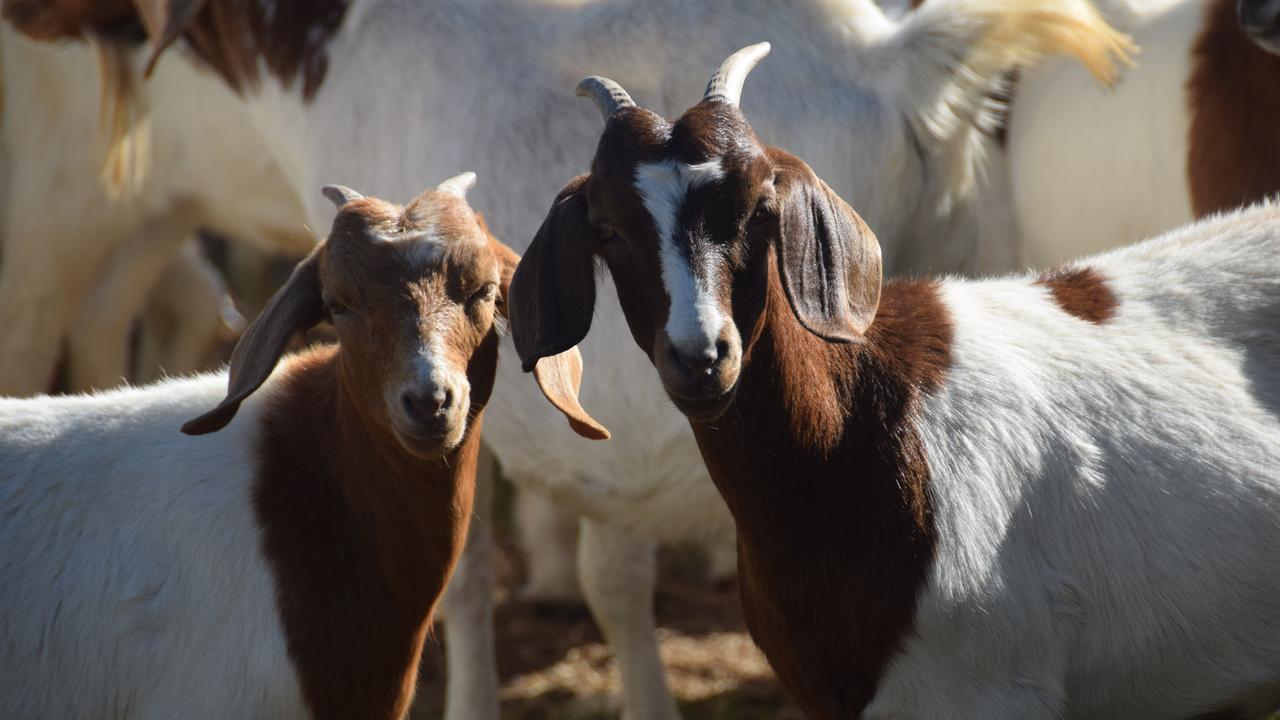‘Slaughter could slow in Victoria but it doesn’t mean there’s not interest’
Cattle slaughter numbers have reached 140,000-145,000 cattle each week, but a market analyst says processors have been able to handle the influx.

Beef production is set to hit record highs this year, but an expert says Australian processors have been able to meet growing demand.
The latest Australian Bureau of Statistics data shows cattle slaughter increased 5 per cent to 2.3 million this quarter, while beef production similarly followed with a 4.9 per cent increase or 709,140 tonnes.
A Department of Agriculture, Fisheries and Forestry report said beef and veal production would hit its highest record, as it was expected to rise 12 per cent to 2.7 million tonnes.
The quarterly report said with higher slaughter numbers, the national herd is expected to drop by two per cent to 29 million head, while more domestic beef production would boost beef and veal exports by 15 per cent.

As cattle prices hold strong at the saleyard, DAFF’s report said the livestock and livestock products gross value was forecast to grow to a record-high $40.3bn in 2025-26.
StoneX Australian livestock and commodities manager Ripley Atkinson said at a recent Cattle Australia forum that slaughter figures were up 10 per cent or 225,000 head, and beef production would break a 10-year record this year, reaching 9m cattle.
Colac pig farmer and Meat Crew owner Xavier Meade said they continued expanding their processing operations to maintain growing orders.
“We’re pretty consistent throughout the year, we do have some influxes. I haven’t noticed anything really drastic, we’ve had a few phone calls with people wanting to process because they’re out of feed,” he said.
“With our business we’ve grown a bit, we can take on more now as well. The workload we’ve been getting we can get through quicker, and we can take on more.”
Meanwhile, Thomas Foods International recently announced it would expand operations at Stawell, to nearly double lamb production to more than 2.3 million lambs each year.

Meat and Livestock Australia analyst Emily Tan said high slaughter numbers were on-track with previous wetter seasons, which meant producers were turning off older breeding cows.
She said slaughter numbers had reached 140,000-145,000 cattle each week, and was between 130,000-140,000 for the past 18 months.
“This is a really good sign that there is definitely the processing capacity to handle these numbers, we’re seeing the implementation of the PALM scheme which has helped with labour,” Ms Tan said.
“The 2025 slaughter number is 8.5m head, and when you have that formalisation of the labour force you can’t really slow down your processing capacity because you’ve committed to that overhead.”
She expected production to reach 2.6m carcass weight, higher than 2024, and processors would have the capacity to maintain the higher cattle throughput. She said northern feedlots were chasing lighter animals.
“Slaughter could slow down in Victoria but it doesn’t mean there’s not interest from Queensland or northern NSW where there’s capacity to put them onto feed or enter into a feedlot.”




